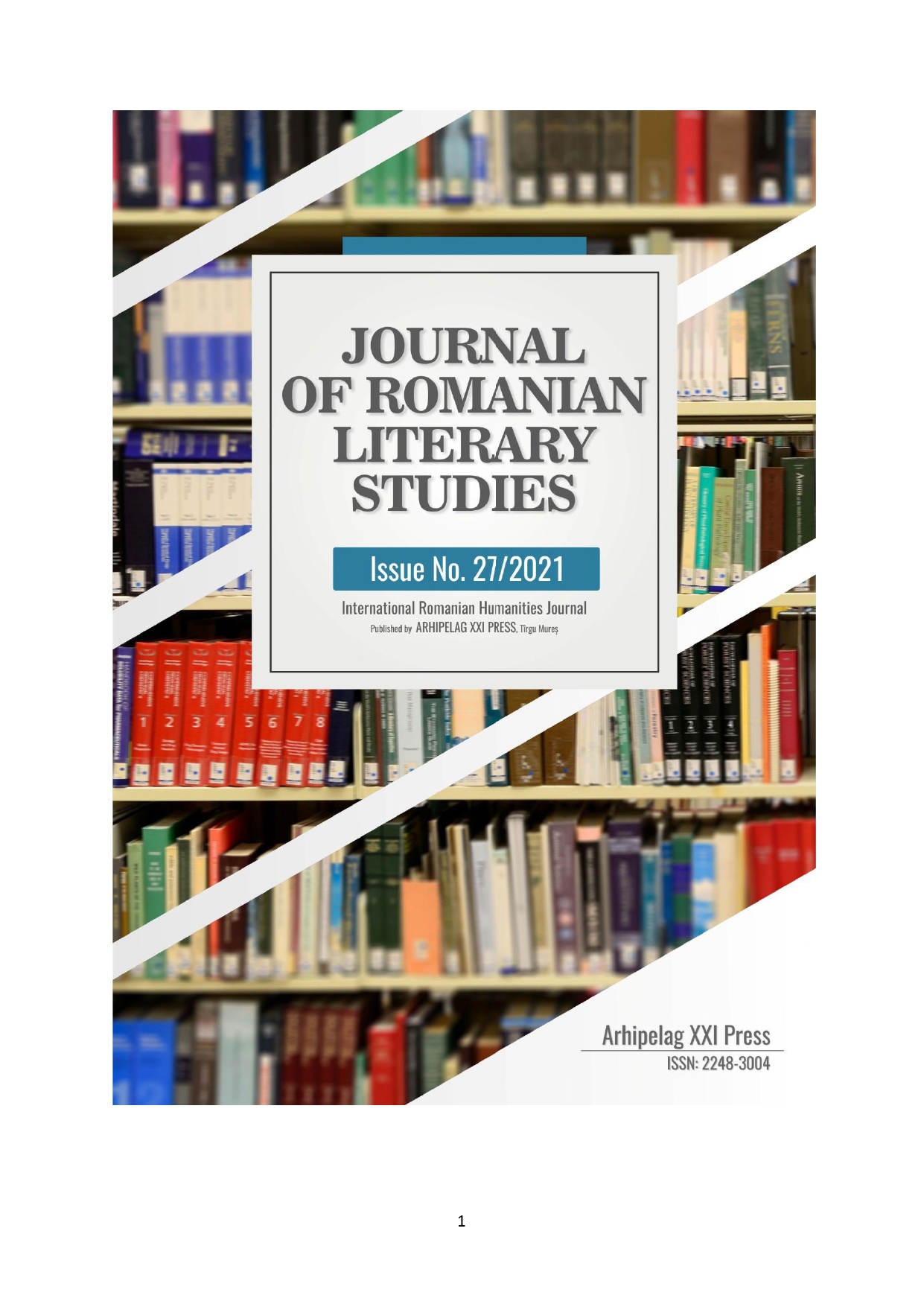A STUDY REGARDING THE CRITICAL ANALYSIS OF THE CURRENT TOOLS AND METHODOLOGIES USED FOR RESEARCHING THE PATRIMONY OF HERITAGE BUILDINGS
A STUDY REGARDING THE CRITICAL ANALYSIS OF THE CURRENT TOOLS AND METHODOLOGIES USED FOR RESEARCHING THE PATRIMONY OF HERITAGE BUILDINGS
Author(s): Cristian Alexandru BoghianSubject(s): Cultural history, Architecture, Visual Arts, History of ideas, History and theory of sociology, Applied Sociology, Social Theory, Sociology of Culture, Sociology of the arts, business, education, Sociology of Art
Published by: Editura Arhipelag XXI
Keywords: qualitative; quantitative research tools; patrimony of heritage buildings; interviews; documentation;
Summary/Abstract: This study critically analyses the qualitative and quantitative research tools for researching the patrimony of heritage buildings and also integrates references from other studies, projects and programs which have used similar tools. In practice, the most widely used methods were in- depth structured or semi-structured interviews, photography documentation, research in archives or libraries, anthropological observation, direct observation, snowball sampling, architectural documentation. On one hand, the quantitative methods are generally quite inflexible and are best suited for cases when collecting information from huge samples of individuals which have to respond to fixed questions in surveys is required. The resulting data is processed in order to highlight the links between different processes and phenomena and to validate theoretical hypothesis and explain the social aspect. On the other hand, the qualitative methods are often more flexible and enable more spontaneity and on-site adaptations through the interaction between the researcher and the study participant. Another difference between the two methods is that the qualitative method allows the use of open-ended questions and follow-up with additional questions which give the participants the possibility to respond using their own words.
Journal: Journal of Romanian Literary Studies
- Issue Year: 2021
- Issue No: 27
- Page Range: 298-310
- Page Count: 13
- Language: Romanian

